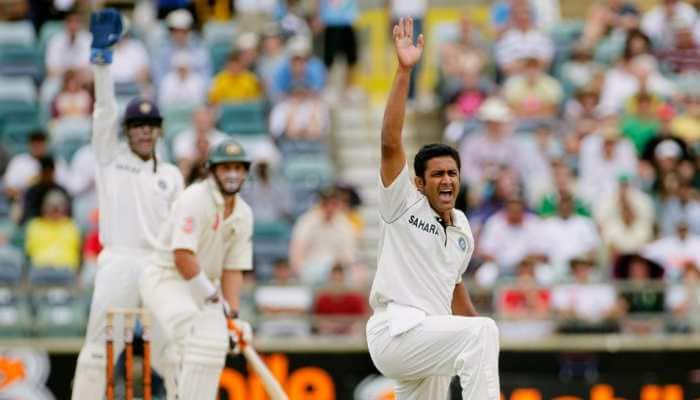Delhi's pollution nearly 30 times higher than WHO's safety benchmark
As per reports, the levels of particulate matter (PM) levels reached an astounding 750 micrograms per cubic metres - 30 times the World Health Organization's global safety benchmark - on Saturday.
Trending Photos
)
New Delhi: Already considered as the world's most polluted city, Delhi's air quality hit new low on Saturday, November 7, with with particulate matter (PM) levels crossing the permissible limit.
Also Read: From 'poor' to 'very poor', Delhi chokes as air quality falls
As per reports, the levels of particulate matter (PM) reached an astounding 750 micrograms per cubic metres - 12 times the safety range for the pollutant in India and 30 times the World Health Organization's global safety benchmark - in areas like Anand Vihar in the morning on Saturday.
Meanwhile, at RK Puram and Mandir Marg too, the PM2.5 levels hovered between 250 and 450 micrograms per cubic metre.
Also Read: Delhi pollution level enters danger zone
The levels of nitrogen dioxide (NO2) were also very high during the day, measuring between 200 and 250 micrograms per cubic metres at RK Puram and 100-150 micrograms per cubic metre at Anand Vihar and Mandir Marg against the safe limit of 80 micrograms per cubic metre, reports the Times of India.
The pollution at Mandir Marg, Anand Vihar and RK Puram has been categorised as 'severe' by the Central Pollution Control Board air quality index (AQI).
Also Read: Delhi pollution levels soar as temperatures plummet
According to the AQI, this range of pollutants “affects healthy people and seriously impacts those with existing diseases”.
In Shadipur, where PM 2.5 was again the prominent pollutant, its levels were in the “very poor” range of 301-400 and this could lead to “respiratory illness on prolonged exposure,” according to the AQI.
As per the data provided by the System of Air Quality and Weather Forecasting and Research (SAFAR), the average PM10 (coarse particles) level on Saturday was 400-450 micrograms per cubic metre (safe limit is 100 microgram per cubic metre) and that of PM2.5 was 235 micrograms per cubic metres.
Experts believe the heavy vehicular traffic in the run-up to Diwali has played a major role in the increased levels of air pollution in the national capital. The smog cover is also expected to continue till early next week.
Stay informed on all the latest news, real-time breaking news updates, and follow all the important headlines in india news and world News on Zee News.
Live Tv







)
)
)
)
)
)
)
)
)
)
